Health Care IT: 25 Solutions To Check Out At HIMSS

It isn't just electronic medical records (EMRs). In fact, the $20 billion and more set aside in the American Recovery and Reinvestment Act will be a boon to those connected with health care IT, with EMR implementation incentives at the center of the action.
One of the industry's biggest events, the Healthcare Information Management and Systems Society's (HIMSS) 2009 conference, kicks off in Chicago on Sunday. We took a quick swing through the hundreds of vendors scheduled to exhibit and picked out a few eye-catching solutions, from wireless infrastructure to entertainment systems and the latest in printers.
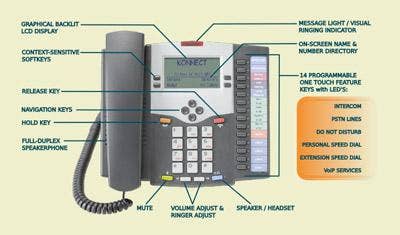
Panasonic's H1 is the health-care baby in the vendor's popular Toughbook family. Launched in November 2008, the H1 is the first fully rugged notebook to incorporate Intel's Mobile Clinical Assistant (MCA) platform, and sports six-hour battery life, dual hot-swappable batteries, a standard daylight viewable screen and integrated Gobi technology for WWAN.
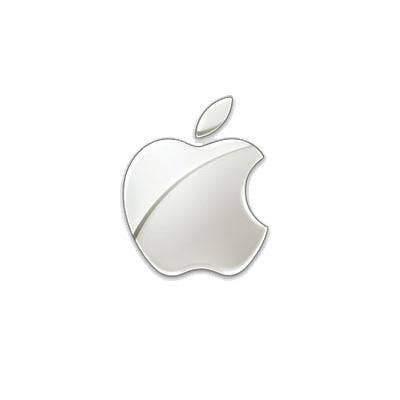
EMR vendor Allscripts has a number of HIMSS debuts this year, including Allscripts Mobile Clinician, an iPhone app version of its patient information software accessible through AT&T 3G or any WiFi network. No actual data is stored on the iPhone, but physicians can use a secure VPN to connect to a local EHR and access patient data in mobile form.
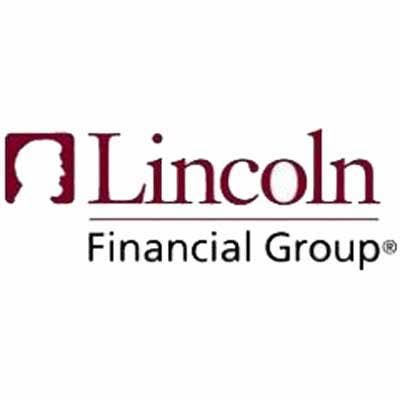
The popularity of Epocrates -- which provides clinical decision support software -- has exploded, thanks to an Epocrates app for iPhone. The company now boasts more than 600,000 subscribers worldwide, including one-third of U.S. physicians overall. Epocrates made the app available for free in July 2008, and in February 2009 began offering Epocrates Essentials, a premium product that provides drug and diagnostic information to iPhone-equipped medical professionals.
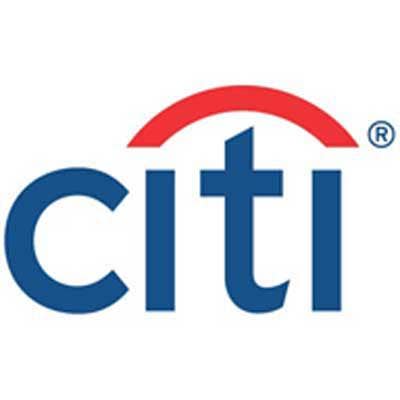
BridgeWave's 80GHz (E-Band) wireless products, including the AR80, offer full-rate, full-duplex Gigabit Ethernet geared toward high-density deployments.
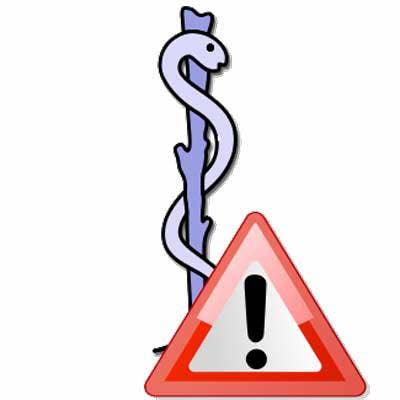
SunGard is best known for disaster recovery, but to the HIMSS audience it is opening up a full portfolio of services including business continuity management software, disaster recovery, managed services and consulting. At the forefront is the Living Disaster Recovery Planning System (LDRPS), a solution which combines all of those facets.
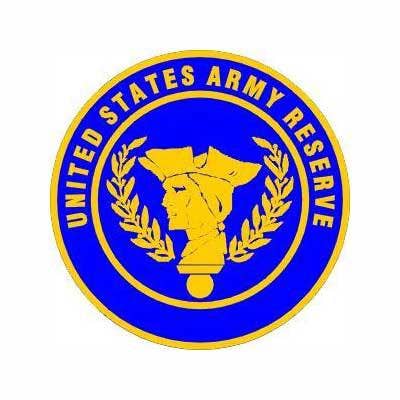
Virtualization is Pano Logic's game, and Pano System 2.6, a HIMSS debut, includes Pano Remote, a new feature that uses a USB key to turn traditional desktop computers into secure Pano devices without the need for a VPN. Virtualization remains a hot topic in health care as in everywhere else.
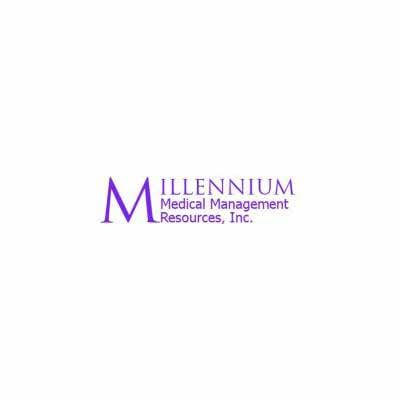
Kroll Ontrack provides data recovery and disposal services -- crucial to data-intensive health-care settings. The company's offering helps protect sensitive patient information, recover and manage e-mail for HIPAA and Sarbanes-Oxley compliance and restores access to vital medical data when electronic records are lost. With everyone having the incentive to move to electronic health records, vendors who can offer comprehensive data-retrieval solutions should continue to be in high demand.

Fujitsu's PalmSecureT is a palm-reader scan solution newly integrated with Allscripts Patient KioskTs, which include Allscripts EMRs. The PalmSecureT itself uses a near-infrared light to capture the vein patterns in a patient's palm, and allows patients guarded access to their electronic medical records. It also delivers updates to practice management databases for everything from billing to images to a record of office visits. Scan your hand, in other words, and the Kiosk can tell you a lot about your medical history, current status and other things by linking to your digital record. The Allscripts system (pictured) also includes a camera, credit-card reader, printer and optional card scanner.
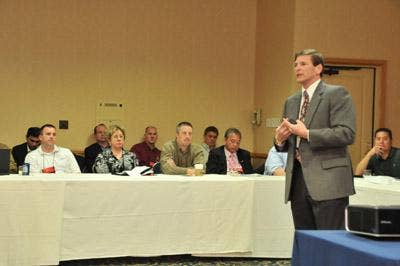
Xena Health specializes in Software-as-a-Service solutions for revenue cycle management, specific to medical billing companies, practice management solutions and claims-processing services. SaaS solutions have been slower to advance in health care than in other verticals, but as security concerns ease and the model gains more widespread acceptance, Xena, like other vendors and VARs high on SaaS in health care, expects its pay-as-you-go pricing model to look mighty attractive to cash-strapped health-care clients.

Part of Aruba's AP-120 Access Point Family, the AP 124 and AP 125, can deliver indoor wireless access points capable of wireless data rates of up to 300 Mbps. According to Aruba -- which has seen plenty of success in health-care implementations -- the access points provide wireless LAN access, air monitoring, wireless intrusion detection and prevention over the 2.4 to 2.5GHz and 5GHz RF spectrum. Both APs work in conjunction with Aruba's Multi-Service Controllers, and both feature dual 100/1,000 Ethernet services and operate from standard 802.3af PoE (Power over Ethernet) sources.
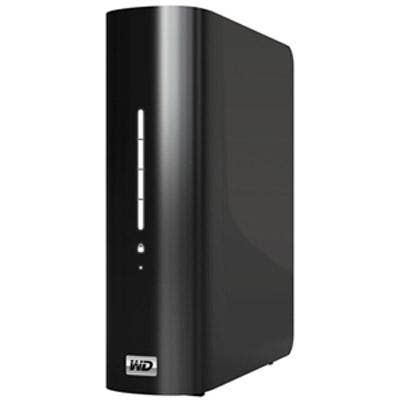
Lincor, an Irish company, recently began installing hospital bedside point-of-care infotainment systems in North America. The MEDIVista for clinicians is a bedside PC, whereas the MEDIVista for patients allows access to entertainment programming, as well as a way to communicate with medical staff. There's also a version for hospital management.
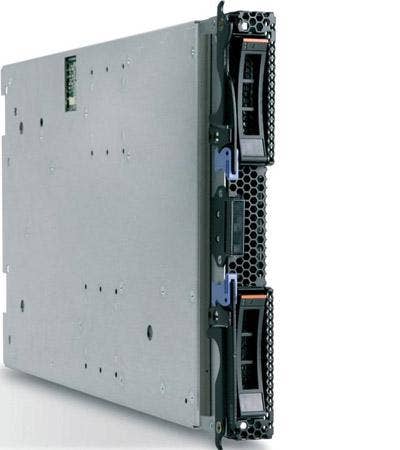
Absolute Software, which also makes LoJack antitheft suites for laptops, can with its Computrace solutions allow for secure asset management with 30 preconfigured reports that not only provide a user with information on hardware, configuration, user profiles, installed software and location, but also allow a user to force a test call, view the type and success of the last call made, view version information and change a password remotely. Computrace Mobile is compatible with Windows Mobile 5, 6 and 6.1 devices like HP's IPA Q, Motorola's Q, Samsung BackJack, HTC Touch and Palm Treo 750, as well as BlackBerry Mobile versions 4.2.1 and later.
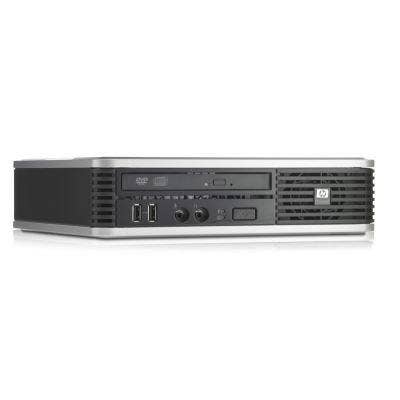
As EMRs take the spotlight in enterprise health-care settings, storage and data center needs will soon be just as critical if they aren't already. How to store all that digitized patient data, in other words? Compellent's Storage Center, an enterprise-class SAN, is sold through Compellent channel partners and has seen great success in settings like Princeton Radiology. There, according to Compellent, thin provisioning accommodates 400 GB a month in data growth without allocating space up front; snapshots reduce recovery time from 12 hours to five minutes; and automated tiered storage moves 85 percent of older data to low-cost drives. According to Compellent, Princeton Radiology saves more than $24,000 in SAN management per year as a result.
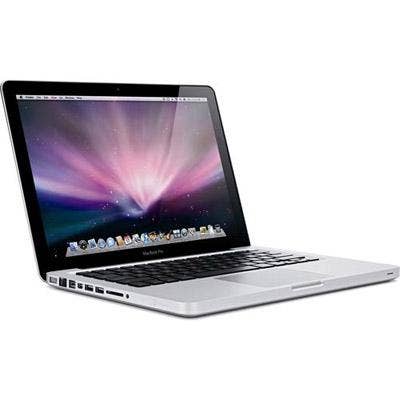
AeroScout plays in the unified-asset viability branch of health-care IT, meaning it monitors conditions such as humidity in health-care settings like operating rooms, patient areas and surgical supply rooms. At HIMSS, the company will be showcasing a new Humidity Monitoring solution and two Temperature Sensor Tags, including the AeroScout T5h Tag, with integrated humidity and temperature sensor and the ability to send updates over a Wi-Fi network to measure those things. The T5b and T5c tags are temperature-specific, monitoring temperatures as low as -70 degrees Celsius and -100 degrees Celsius, respectively.
In a health-care setting, high humidity levels can cause mold, fungus and other harmful biological agents that disrupt sterile environments. Conversely, DNA, cells and tissues have to be stored in very low temperatures. AeroScout's solutions attempt to monitor both extremes.

Zebra creates on-demand printing solutions for the health-care industry, and its newest offering is designed for the comfort and safety of infants. Using research from the journal Pediatrics, Zebra estimates that one in every 15 hospitalized children will experience a medication error, and that bar code tags substantially reduce that risk.
The Z-Band thermal wristbands are made of soft nylon and support both linear and two-dimensional bar codes. The wristbands are created using Zebra's line of desktop printers, including another recent debut -- the HC100 direct thermal cartridge printer.
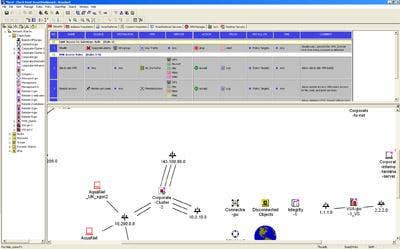
Tracking software specialist CenTrak is introducing three new products at HIMSS, including the FastTrak, the Staff Badge (pictured) and the Patient Badge. The FastTrak uses software that works in 3-second intervals, which makes it, CenTrak says, the most efficient tracking software on the market. The Staff Badge is a razor-thin RFID tag that allows hospitals and other settings to actually print badges on top of the tag -- they become part of the staff uniform, and thus don't get lost. The Patient Badge is integrated into the regular hospital band to stay on patients at all times, and can also be sanitized and reused.
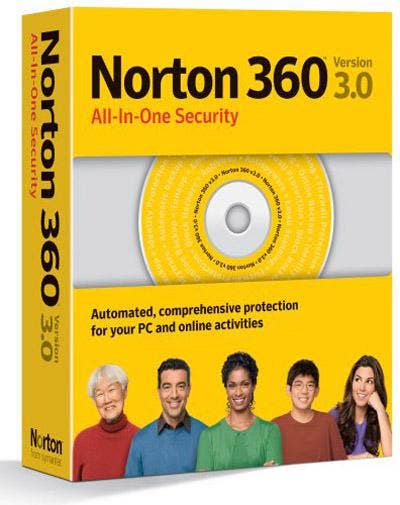
Epson's SecurColor inkjet printer is designed specifically for high-volume hospital environments needing on-demand printing at point-of-service, in labs or at a pharmacy. Color labels reduce risks in all these settings, Epson argues, but the SecurColor doesn't need preloaded stock or blank sheets, depending on what media is getting the print job -- it's flexible enough to offer labels, wristbands and other surfaces anywhere from 1.2 inches to 4.4 inches wide. SecurColor prints at speeds up to 3.7 inches per second and uses MicroPiezo Inkjet Technology print heads to accommodate the many sizes.
Epson suggests it also eliminates the need for preprinted labels, which are both expensive and take up storage space.
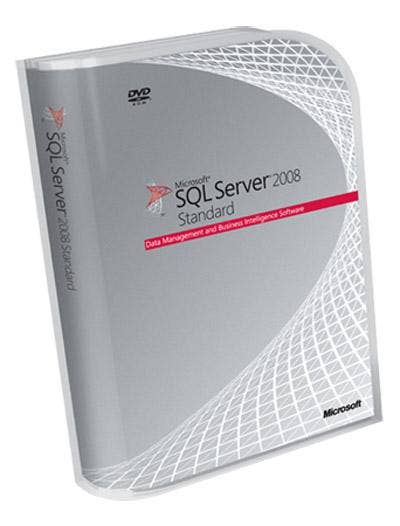
Malware and other cybersecurity bete noires are getting ever more sophisticated, and a security breach in a data-sensitive health-care environment can cripple an organization. Lumension's Endpoint Security Suite, like other endpoint security solutions, uses Lumension Application Control to safeguard against malware and other threats, allowing only authorized applications to run. The scalable suite also features application discovery, policy definition, policy enforcements, audit, compliance and support for both Microsoft Windows Active Directory and Novell eDirectory/NDS.
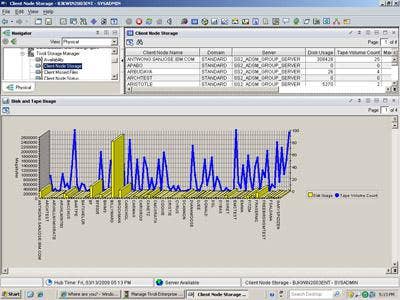
Persystent Suite offers a PC-automated repair and high-speed imaging solution that works whether on or off a network, including what it says is the fastest PC recovery software in the world -- Persystent Disaster Recovery, which gets a PC recovered in less than 30 seconds with zero touch and no downtime.
With PCs still the main points of entry for electronic medical records and patient data, the ability to safeguard and, if necessary, rebuild OSes with ease is paramount. The Disaster Recovery portion allows for unique configurations for every PC, the ability of administrators to set and automate what gets captured and, thus, protected on each PC, and five unique images for each PC stored by default. Persystent offers a full range of solutions to both SMB and enterprise-level settings.

Shared Health recently added two new practice management tools, Shared Health Clinical Insight and Shared Health Condition Tracker to its Xchange, a health information exchange (HIE) solution that includes an electronic medical record platform, the Clinical Health Record (CHR). Shared Health continues to add analytics to its portfolio of Web-based applications, enabling users to see everything from medication data to lab results, immunizations, allergies and vital signs.
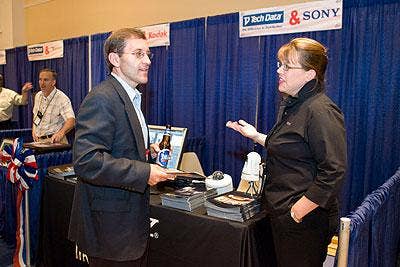
Phytel's Outreach solution, a hosted software application, helps health-care settings manage their patient populations and electronic medical records data remotely, incorporating everything from disease management patient registries to practice management, prescription data and lab data.
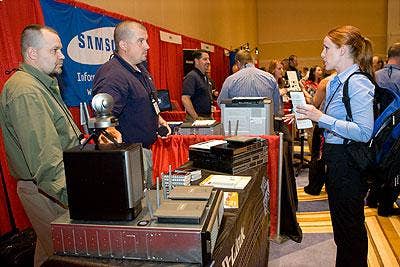
This Lexmark offering is geared to small workgroups and is a three-in-one multifunction printer, including duplex print, copy and scan capabilities. Apart from being small and out of the way in a busy clinical setting, the X463de sports print speeds of up to 40 ppm, 128 MB of RAM standard, a 50-sheet multipurpose feeder, and a top first-page-out time of 6.5 seconds.The X463de has a high-yield toner cartridge (15,000 pages), works with most custom workflow solutions in health-care IT settings, and is enabled for network and imaging software.
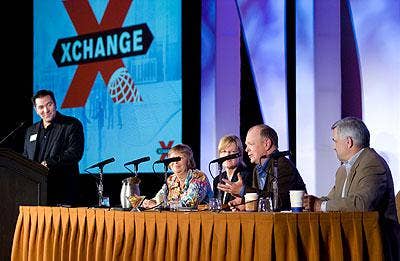
According to Ruckus, the ZoneFlex 7962 is the only dual-band 802.11n enterprise-class access point that supports not only spatial multiplexing but also automatic interference rejection and dynamic beamforming. If the numbers, not the descriptors, are more your speed, know that it's a high-performance WLAN that allows 300 Mbps of user throughout, concurrent dual-band 5GHz/2.4GHz support and up to 10 dB signal gain and -17 dB interference rejection. Ruckus also has enabled the ZoneFlex 7962 to support isochronous, multicast IP video streaming, 4 queues per client station and the capability of delivering 20 concurrent voice calls, 100 simultaneous data users and 20 Mbps of guaranteed user throughput for more than 100 meters. It also boasts smart mesh networking and admission control/load balancing.
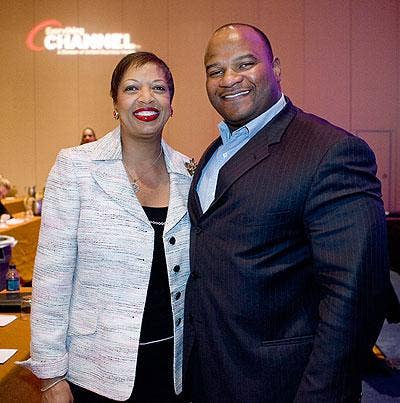
For its alarm- and event-notification systems for health-care settings, Cisco Systems partnered with Rauland-Borg to develop a plug-in that, according to Cisco, provides notifications directly from nurse-call systems to mobile devices. The result is a system that delivers any nurse-call alert to wireless devices and other end points, such as in-house pagers and nurse-call lights. The solution combines aspects of Cisco's Unified Wireless Network, Unified Communications, VoWLAN 4.1 Architecture, Cisco Enterprise Campus 3.0 Architecture, Cisco Data Center 2.5 Architecture and Cisco Enterprise Mobility 4.1 Architecture.